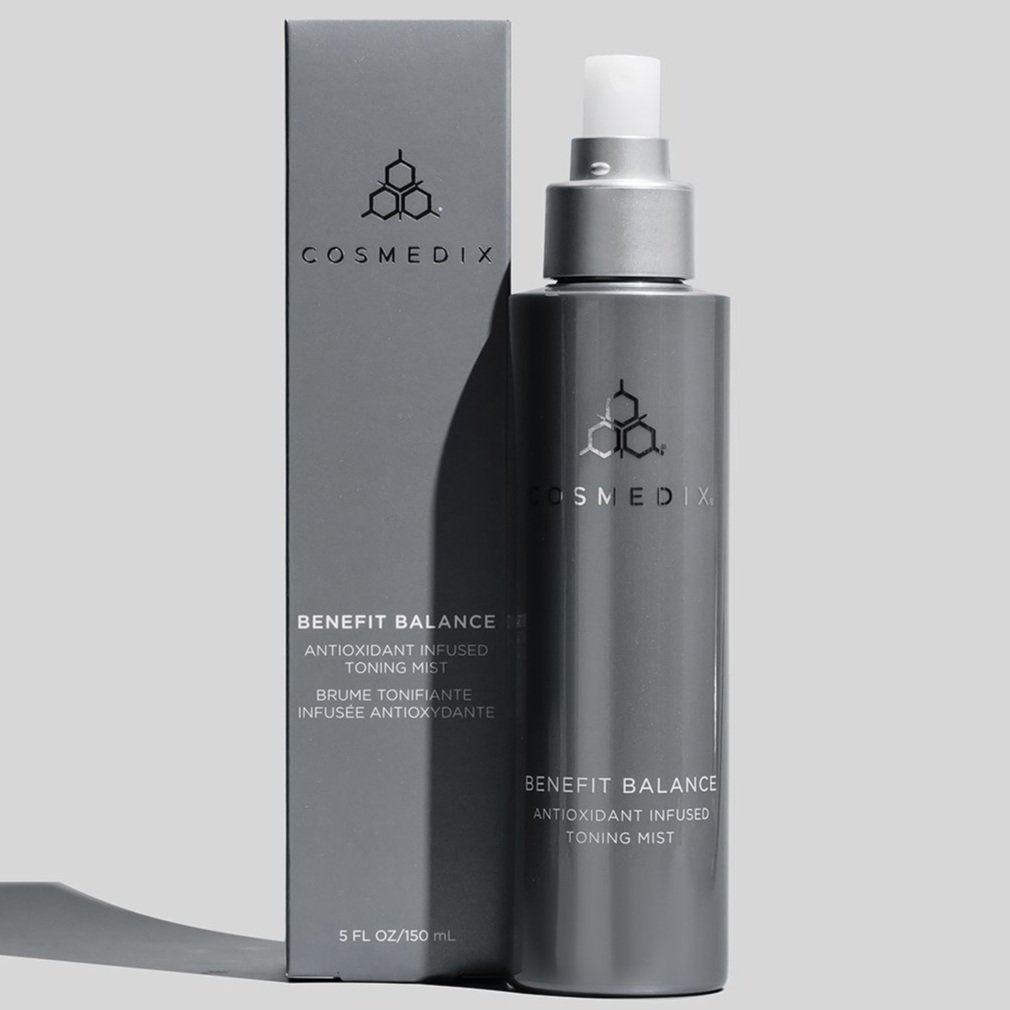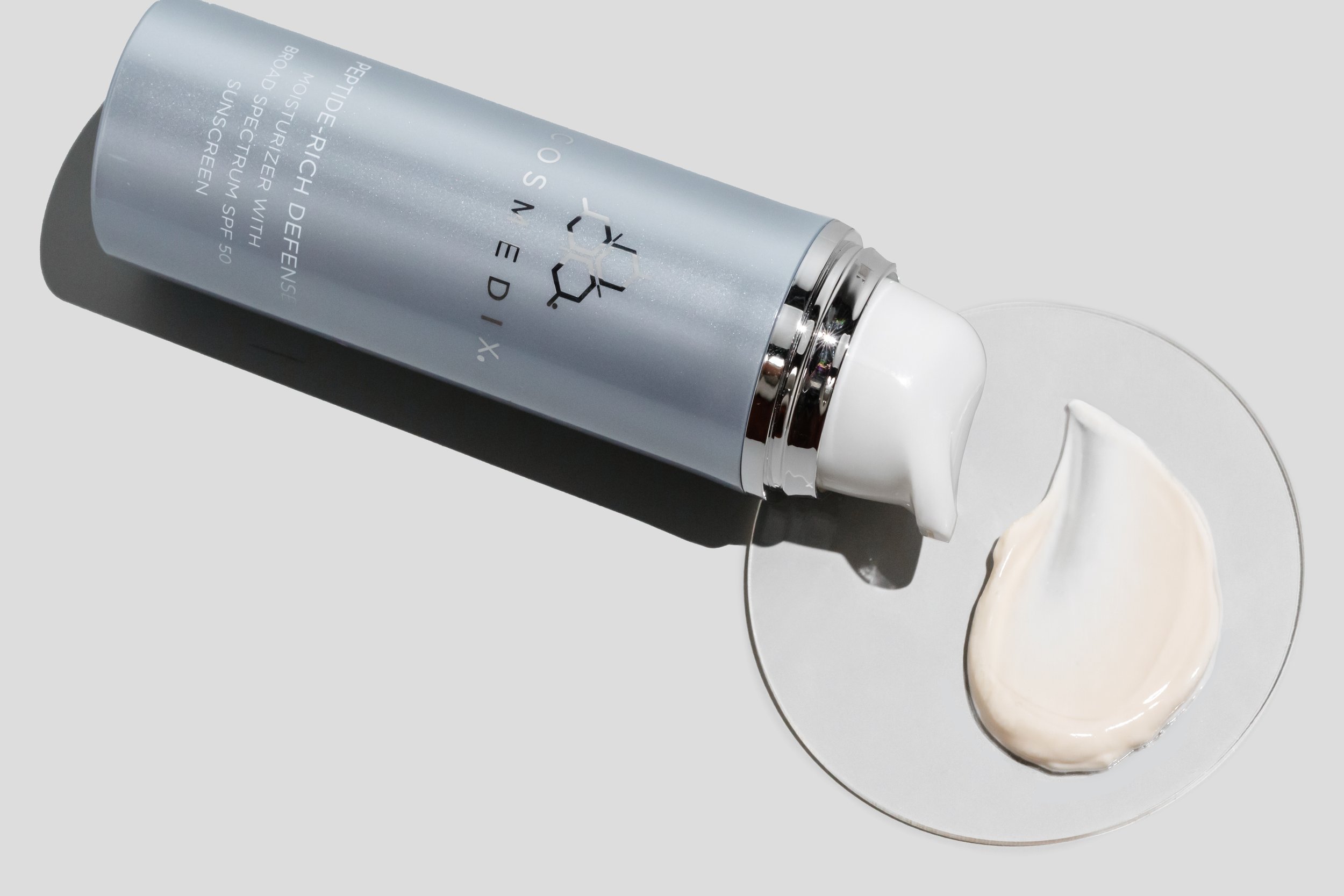Everything you need to know about Facial Extractions
We are covered from head to toe in pores. They are small openings in the skin that release sebum, an oily substance secreted by the sebaceous glands of the skin to help keep the skin from drying out, and sweat. Sebum protects the skin from infection by fungi and bacteria and reduces water loss from the surface of the skin.
As we go about our everyday activities, cosmetic products, environmental factors, dead skin cells, extra oil, and debris can cause pores to become clogged and inflamed. While maintaining great skin starts at home, one of the most effective ways to clear clogged pores and other types of acne breakouts is with deep pore cleansing, also known as facial extractions.
A licensed skin therapist like those at Glow Up Studio would typically perform extractions as part of a facial to clear the impacted pores and make the skin appear smoother and healthier. Skin therapists learn how to execute extractions throughout their training because doing so incorrectly increases the risk of scarring and damage.
Blackheads vs. Whiteheads in Clogged Pores
Acne breakouts that result from congested pores include blackheads and whiteheads. As implied by the name, blackheads appear on clear skin as black spots, while whiteheads appear as white lumps.
Although they have different appearances, blackheads and whiteheads are very similar. Both emerge as a result of a pore becoming blocked with excess sebum. When there are blackheads, the pore is "open," allowing oxygen to enter the sebum that has been contained. Melanin, a form of pigment, reacts with oxygen. The plugged pore becomes dark due to the melanin. Contrary to popular assumption, blackheads are just pigmentation, not filled with dirt or grime.
Closed pores are another name for whiteheads. The pore becomes blocked with germs and sebum when a whitehead develops. The substance inside the pore isn't exposed to oxygen, so it doesn't change color. Blackheads and whiteheads are two examples of clogged pores that a Glow Up skin therapist can remove during a facial. A pimple is another type. This is a whitehead that has become irritated or inflamed. and, as a result, is typically red.
Performing facial extractions: what actually happens?
Glow Up skin therapists will perform facial extractions to open the pores and remove obstruction-causing debris. Pore extractions can be done with their hands or a specialized tool. Typically, manual extractions entail using fingertips to apply gentle pressure to unclog pores.
Importantly, extractions are a lot more difficult and complicated than just "popping a pimple." It is both an art and a science.
Before touching a guest's skin to accomplish the extraction, our skin therapists will always put on a pair of gloves. Bare hands and fingernails can carry bacteria that can increase the risk of infections and discomfort. Skin therapists wear gloves to protect the guest and minimize any risk of transference.
Then, before a pore can be safely extracted, the skin therapist will prepare the skin for extraction. To open up the pores for extraction, a steamer and a cleanser are used to soften the skin first. After this, using an exfoliator, the skin is scrubbed to remove dead skin cells.
Both steps involve a gentle facial massage, which helps to hydrate the skin and prepare the pores for extractions. Skin therapists will then use a magnifying lamp with a bright light and a magnifying glass built in to assist them in seeing the pores clearly.
If manual extraction is required, an skin therapist’s fingers will typically be covered in sterile cotton or gauze. Alternatively, the skin therapist may clean the pore with a comedone extractor, a metal tool with a looped or angled tip that is specifically designed to assist in the extraction of sebum and other debris obstructing a pore.
If the extractor is not handled properly, however, there is a chance the clear skin could be damaged. Working with a trained and licensed skin therapist is therefore essential.
Comodone extractor tool
Can I perform my own facial extractions?
One of the first lessons in proper skincare is that popping pimples is not advised if you want to preserve your skin's health and reduce the chance of harming it. Typically, therefore, it is not advisable to do facial extractions on yourself at home.
Clearing pores should be left to the professionals. Skin therapists should perform extractions ideally as they are highly trained skin therapists. At-home extractions risk inflaming the area around the blocked pore or darkening the skin if you apply too much pressure or force.
Additionally there's an increased chance that the extraction may spread bacteria from the pimple to other often sensitive skin regions, aggravating the condition.
What else can I do at home?
Blackheads are able to flourish if debris and excess oil have an opportunity to accumulate and become embedded in the skin, clinging to the natural oils that are present on your face.
It is important therefore to keep up with a consistent skincare program in between professional monthly facial treatments. This routine should include washing, exfoliating and moisturizing the skin, and performing this consistently will help prevent acne breakouts.
The removal of surface filth, extra debris, and, of course, makeup product buildup can be accomplished by following an at home routine that is similar to the steps we complete in the Glow Up COSMEDIX Facial. We recommend the following steps to complete and products to use at home between your monthly facials at the studio. Your Glow Up skin therapist can help you choose the best suite of products to use at home and understand the benefits of each in more detail. Plus, don’t forget you receive 10% Discount on retail products with your Facial Membership and in fact a one time 20% discount on the day you sign up!
Skin Therapy Home Routine
Step 1 - Cleanse
Cleanse with COSMEDIX Purity Clean or COSMEDIX Benefit Clean to gently lift away dirt, oil, impurities and stubborn makeup to balance and clarify the skin while also soothing and hydrating the complexion.
Alternatively, use COSMEDIX Clarify, a gentle, alcohol and sulfate-free Salicylic Acid Foaming Cleanser to reveal a clearer, healthier-looking complexion by gently exfoliating sensitive and blemish-prone skin without stripping it of its natural oils. Salicylic acid based cleansers reduce swelling, reduce redness, and help to unplug blocked pores to allow pimples to shrink. It also softens and loosens dry, scaly, or thickened skin so that it falls off or can be removed easily.
Step 2 - Exfoliate (1-3 times a week)
Exfoliation with COSMEDIX Pure Enzymes a cranberry exfoliating mask that gently exfoliates dry skin and draws out pore-clogging impurities. It also helps smooth the texture and even the look of skin tone for a more radiant-looking complexion.
Step 3 - Tone
Use toners like COSMEDIX Purity Balance if your skin type is normal or COSMEDIX Benefit Balance if you have more oily skin to prepare for deep moisturization by boosting hydration and helping to prevent moisture loss.
Step 4 - Mask
Nourish the skin with a soothing mask like COSMEDIX Detox or COSMEDIX Rescue to draw out pore-clogging dirt, oil and daily impurities while cleansing away age-accelerating pollutants for a flawlessly fresh, smoother-looking and clarified complexion.
Step 5 - Hydrate
Hydrate the face with a serum cocktail tailored to you, like COSMEDIX Simply Brilliant or COSMEDIX Reboot. Brightening serums improve the look of dull, discolored skin and restore radiance to the complexion. Night serums balance, hydrate, and reduce the appearance of fine lines and wrinkles while you sleep. Wake up to a smoother, softer, clearer, and more youthful-looking complexion.
Step 6 - Don't forget eyes and lips
Target specific areas of the face for long terms benefits using serums like COSMEDIX Opti-Crystal for Eyes and COSMEDIX Enhance for Lips. These serums are specially formulated with powerhouse ingredients to radically reduce the look of dark circles, improve the look of fine lines, wrinkles, and sagging around the eyes, and drastically condition lips for a smoother, softer, fuller-looking pout.
Step 7 - Moisturize
Moisturize in the morning using COSMEDIX Peptide-Rich Defense, a hydrating SPF 50 Moisturizer with age-defying peptides that help smooth the look of fine lines and wrinkles to promote a more radiant, youthful-looking complexion.
Moisturize in the evening with COSMEDIX Harmonize, a complexion-quenching Skin Microbiome* Boosting Moisturizer that deeply hydrates the skin with a moisture-rich prebiotic that helps strengthen your natural defense for a softer, smoother, more supple-looking complexion.
*The skin microbiome is the collection of all microbes, such as good bacteria, fungi, viruses, and their genes, that naturally live on our skin. Although microbes are so small that they require a microscope to see them, they contribute in big ways to human health and wellness.
Of all these steps, the most important thing you can do at home is moisturize. Facial extractions during your monthly facial treatment are more difficult to perform when the skin is dry. Skin therapists will likely have to use more effort to complete the extraction process if your skin is too dry.








